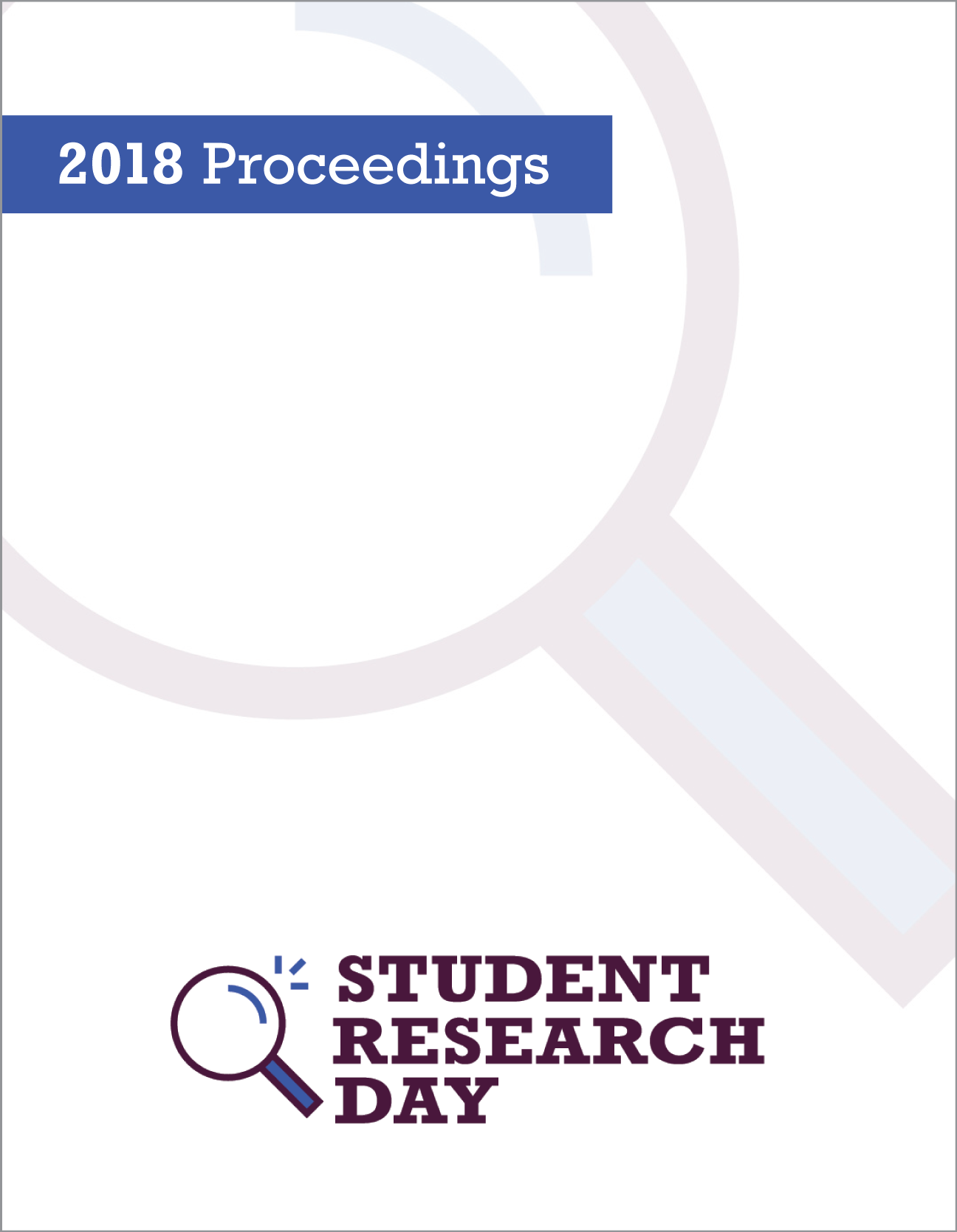Massage Therapy for Dystonia
A Case Report
Abstract
Dystonia is a neurological disorder, characterized by involuntary muscle spasms and tremors, resulting in abnormal movements and posture. Symptoms include pain, spasms, tremors, and dyskinesia. Conventional treatments include medication, botulism injections, and surgical intervention. Many dystonia patients seek complementary and alternative medicine (CAM) therapies such as massage, but the effects of treatments are not well documented. This study documents massage treatment for dystonia, in a specific case.
Objective: To examine the effects of massage on pain, dyskinesia, and functional mobility in activities of daily living (ADL) in a patient with dystonia.
Methods: A student massage therapist administered five treatments over a six-week period on a 51-year-old female patient diagnosed with dystonia. The patient presented with symptoms of pain, spasms, and tremors, affecting functional mobility in ADL. Treatments aimed to decrease pain and increase functional mobility, by reducing sympathetic nervous system (SNS) firing and increasing relaxation. Techniques applied included Swedish massage, hydrotherapy, myofascial release, stretching, and remedial exercise. Numeric rating scales (NRS) for pain, frequency of night pain, the Modified Bradykinesia Rating Scale (MBRS), the Timed Up and Go (TUG) test, the Functional Rating Index (FRI) and the Modified Gait Efficacy Scale (MGES) were measured at the start and end of the study.
Results: NRS generally remained the same or decreased. Positive outcomes were exhibited in the frequency of night pain, TUG, MBRS, and FRI. The MGES was negatively affected.
Conclusion: Results suggest massage may temporarily decrease pain intensity, pain frequency, and dyskinesia, and improve functional mobility in ADL associated with dystonia.
Discipline: Massage Therapy
Faculty Mentor: Jeff Moggach
Downloads
Published
Issue
Section
License
Authors retain any and all existing copyright to works contributed to these proceedings.



